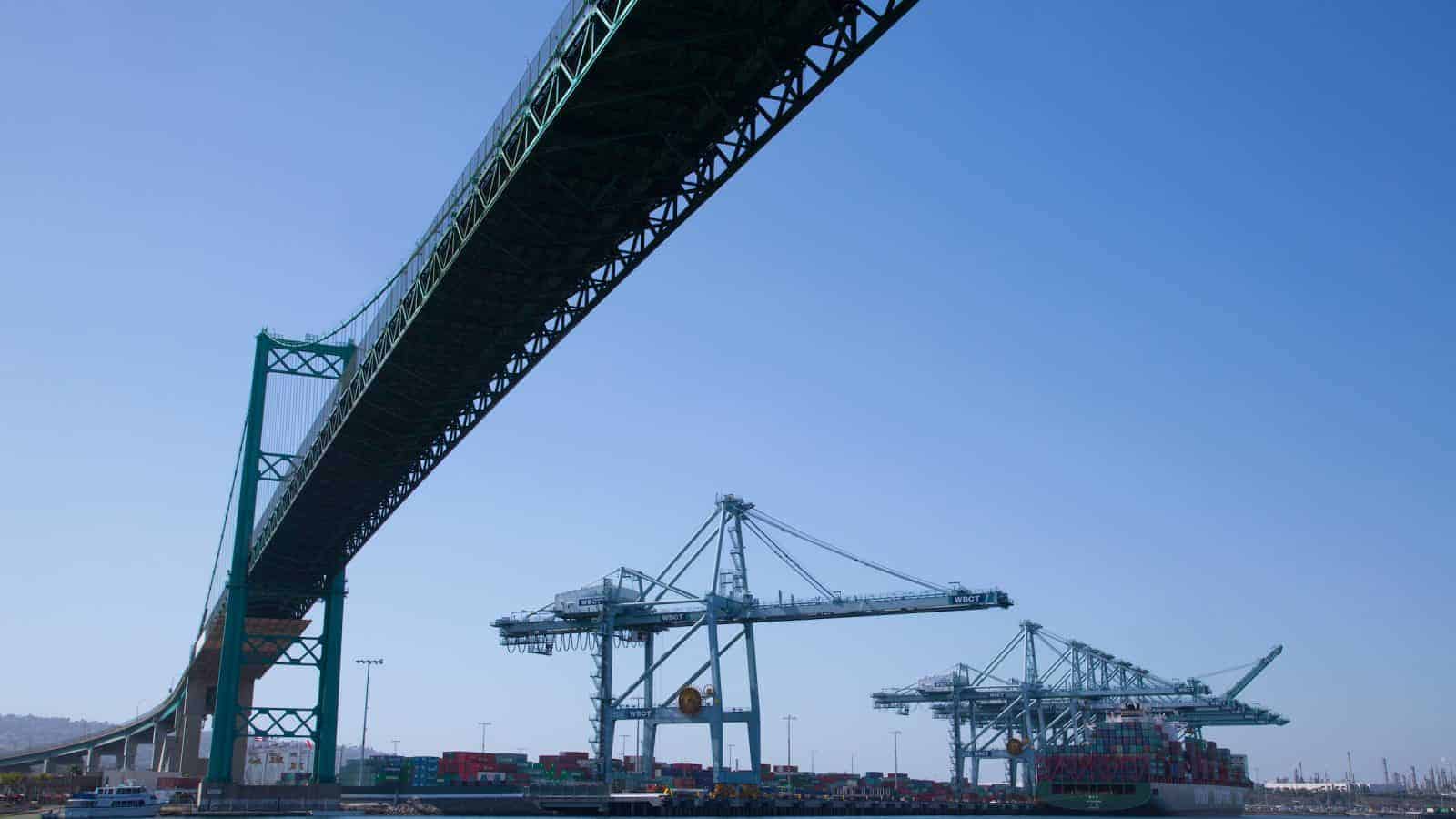Building Infrastructure That Works

As supply chain disruptions and industrial shipping challenges of the past few years have proven, the U.S. infrastructure network is in dire need of a comprehensive overhaul. That’s why it’s a key focus of the NAM’s “Competing to Win” policy roadmap.
Turnkey fixes: “Competing to Win,” which focuses on immediately implementable solutions for congressional leaders in 12 policy arenas, enumerates a wide range of policies that will bolster manufacturers’ competitiveness.
Historic and bipartisan: With its $1.2 trillion investment, last year’s Infrastructure Investment and Jobs Act provided a solid foundation for upgrading roads, airports, bridges, ports, railroads and more.
- In fact, much of the final legislative text of the IIJA resembled proposals included in “Building to Win,” the NAM’s blueprint for modernizing our transportation, energy, water and digital infrastructure.
- The legislation contains nearly $550 billion in new federal appropriations for projects ranging from bridge and highway updates to significant broadband expansion and community climate resilience efforts.
The NAM’s plan: The NAM’s latest policy prescriptions are commonsense ideas that will help policymakers make the best use of the IIJA and enhance American competitiveness. Here’s a quick tour of the most important aspects it addresses.
Funding: The first order of business is paying for the upgrades. Policymakers should modernize user fees that support road and runway projects with much-needed funding.
Efficiency: Next up is fixing the all-too-sluggish pace of infrastructure projects. Some of the NAM’s recommendations:
- Keep improving the broken permitting process to decrease time-consuming reviews and eliminate burdensome costs.
- Clear the extensive backlog of essential infrastructure projects that are already in the planning process and awaiting final approval.
- And last, streamline regulatory agencies’ processes so that key transportation projects don’t get tripped up by more red tape.
Flexibility: Public–private partnerships and innovative collaboration between industry and government should play a large role in these upgrades, but not every approach is universal. Policymakers should maintain key funding sources and keep the federal government involved but retain a results-oriented focus to improve our nation’s infrastructure.
The last word: “‘Competing to Win’ builds on the historic gains made through last year’s Infrastructure Investment and Jobs Act and presents policymakers with a roadmap for improving American economic prosperity,” said NAM Vice President of Infrastructure, Innovation and Human Resources Policy Robyn Boerstling.
- “Manufacturers are the backbone of our national industrial base and rely on all parts of the transportation supply chain to create, assemble and ship to market essential products and consumer goods. The steps outlined in this plan are commonsense and will generate the economic growth needed to enhance American companies’ competitiveness in a global marketplace.”
